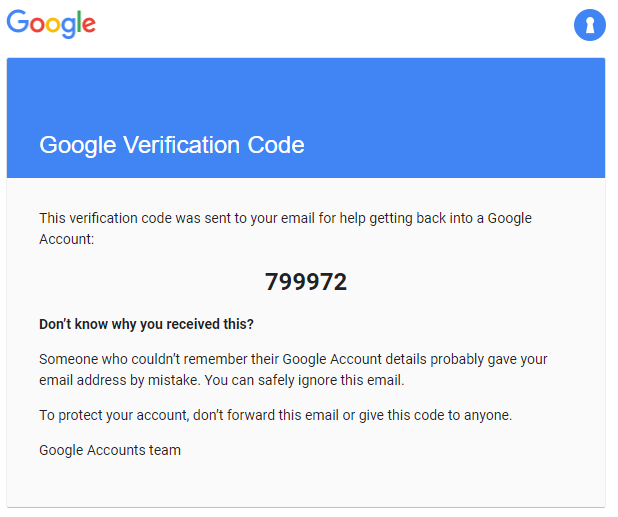In the world of email communication, ensuring that your emails reach their intended recipients is paramount. One way to achieve this is by using email verification codes. In this comprehensive guide, we will explore the importance of email verification codes, the best tools and methods to obtain them for free, and answer common questions about this crucial aspect of email deliverability.
The Significance of Email Verification Codes
Email verification codes, often referred to as email confirmation or verification links, are unique strings of characters sent to a recipient's email address. Their primary purpose is to confirm the validity and ownership of the email address. Here's why they are essential:
Reduced Bounce Rates: Using email verification codes helps reduce email bounce rates, ensuring that your messages reach real, active email addresses.
Enhanced Deliverability: Email services are more likely to deliver your emails to the inbox when they see that you're sending messages to verified, legitimate addresses.
Improved Sender Reputation: Sending emails to valid addresses positively impacts your sender reputation, reducing the chances of being marked as spam.
Prevention of Fraud: Email verification codes add an extra layer of security, preventing unauthorized access to accounts or services.
Where to Obtain Email Verification Codes for Free
Now that we understand the importance of email verification codes, let's explore the best ways to obtain them for free:
Method 1: Verifalia
Verifalia is a reputable online service that offers free email verification. It allows you to verify email addresses one by one or in bulk, ensuring their validity and deliverability.
Method 2: IRS Free File Fillable Forms
The IRS Free File Fillable Forms service provides a secure platform for U.S. taxpayers to file their taxes electronically. While it's not an email verification service per se, it offers a legitimate way to obtain email confirmation for your tax-related activities.
Method 3: Microsoft Account Support
If you're experiencing issues receiving verification emails from Microsoft services, such as Outlook or Microsoft 365, you can seek assistance from Microsoft Account Support. They can help you troubleshoot email verification problems.
Method 4: ZeroBounce Free Email Verifier
ZeroBounce offers a free email verification tool that enables you to check the validity of email addresses. It's user-friendly and helps improve email deliverability.
Method 5: NeverBounce
NeverBounce is another reliable email verification service that offers a free trial. It helps you maintain a clean email list and increase the chances of your emails landing in the inbox.
Tips for Successful Email Verification
To make the most of email verification, consider the following tips:
Regular Verification: Make email verification a routine practice to keep your email list clean and up to date.
Segment Your List: Group your email recipients based on their engagement level and send targeted content.
Use Double Opt-In: Implement a double opt-in process for subscribers to confirm their intent to join your email list.
Monitor Bounce Rates: Keep an eye on bounce rates and remove invalid email addresses promptly.
Update Contact Information: Encourage subscribers to update their contact information, including email addresses.
Commonly Asked Questions (FAQs)
Q1: Are free email verification tools as effective as paid ones?
Free email verification tools can be effective for basic verification needs. However, paid services often offer more advanced features and accuracy.
Q2: How often should I verify my email list?
It's advisable to verify your email list regularly, especially before major email campaigns. Depending on your list's size and activity, verification can be done monthly or quarterly.
Q3: Can I use email verification for personal email accounts?
Email verification is primarily used for business purposes and managing email lists. It's less common for personal email accounts.
Q4: What happens if I send emails to unverified addresses?
Sending emails to unverified addresses can result in high bounce rates, spam reports, and damage to your sender reputation.



